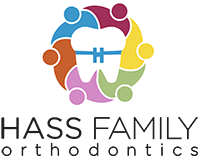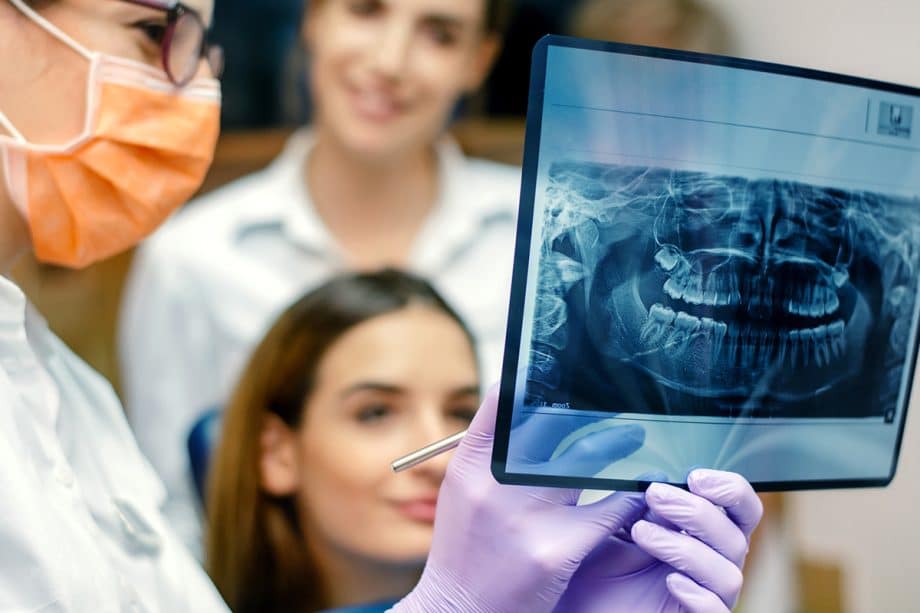The prospect of jaw surgery, also known as orthognathic surgery, can be intimidating. If your dentist or orthodontist recommends this surgery, you will significantly benefit from it. The recommendation also means that other forms of orthodontic treatment have not helped solve your issues.
Conditions treatable by orthognathic surgery include:
- Broken jaws, car accidents, and other injuries
- Cleft lip and palate
- Cancerous growths or cysts in the jaw
- Severe bite issues like overbite, overjet, and underbite
- Obstructive sleep apnea
- TMJ disorders
- Jaw alignment issues, such as one or both jaws protruding
- Jaw size imbalance
Recovery from Orthognathic Surgery
Orthognathic surgery is a significant procedure that involves rearranging the position of the jaw. It requires a lengthy recovery period and extensive home care. Orthodontists and oral surgeons advise taking the recovery process one step at a time and avoiding rushing to prevent setbacks.
Initial Phase of Recovery
An oral surgeon performs the procedure with guidance from our doctors. Many orthognathic surgeries require a one- to three-day stay in the hospital to watch for proper healing.
You may experience jaw swelling, bruising, a sore throat, and nasal congestion during your early recovery. Most of the side effects should only last about one to two weeks. You may be able to return to work in three to four weeks.
Carefully follow all discharge instructions, and call your orthodontist or oral surgeon immediately with any concerns.
Self-Care Tips for After Jaw Surgery
It may take as much as a year for a jaw to heal completely. Here are practical tips to increase your comfort and speed healing:
- Wear your splint as directed.
- Keep your head elevated with pillows to minimize facial swelling.
- Use ice packs on your jaw for the first 24 hours. They should be applied for 20 minutes and then removed for 10 minutes as needed.
- Eat a soft, nutrient-dense diet. Your surgeon will have specific advice for you based on your health conditions and your healing process.
- Continue wearing your orthodontic braces for six to nine months. Braces help your teeth settle into new positions. After braces, ensure that you wear your retainer.
Frequently Asked Questions About Orthognathic Surgery
Do children need orthognathic surgery?
Children whose bones are still in the process of fusing generally do not need surgery, since orthodontic appliances and other non-invasive treatments have a chance to correct their issues.
What are some sample foods I can eat after my surgery?
Some recommended options include yogurt, pureed soups, mashed potatoes, applesauce, and smoothies. As your recovery progresses, you will be able to return to a regular diet.
Our expert team at Hass Family Orthodontics looks forward to meeting you and sharing the benefits of orthognathic surgery. This surgery can correct both aesthetic and medical issues. If you have questions or would like to schedule a consultation, please get in touch with us.

